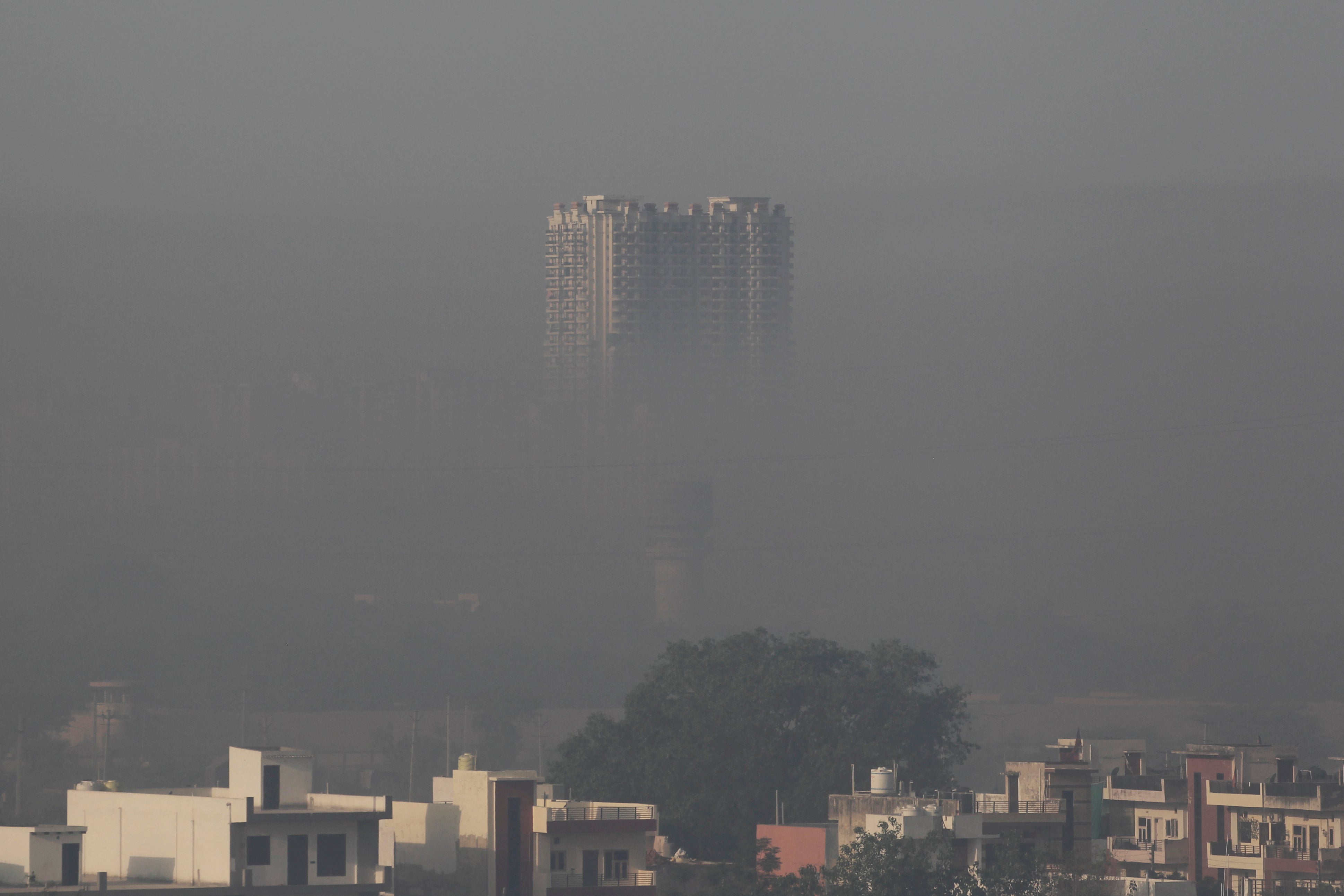Exposure to severe levels of air pollution in India is linked to adverse birth outcomes, including pre-term births and low birth weight in newborns, scientists warned in a new study.
Studies have previously shown a clear link between ambient air pollution and adverse human health effects, with a disproportionate burden falling on those residing in low and middle-income countries.
Tiny particulate matter in the air with a diameter of less than 2.5 microns, called PM 2.5, is gaining attention as a silent killer of people residing in these countries.
They primarily originate from the burning of fossil fuels and biomass, and is considered the most harmful air pollutant.
Among 134 countries, India is ranked the third most polluted based on its average yearly PM2.5 levels, with an increasing prevalence of asthma, cancer, and other chronic diseases in recent decades, according to the 2023 World Air Quality Report.
In the latest research, published in the journal PLOS Global Public Health, scientists assessed the impact of ambient air pollution on adverse birth outcomes at the national level.
Researchers, including those from the Indian Institute of Technology (IIT) - Delhi, used data from satellites and large-scale surveys to specifically focus on vulnerable areas and their low birth weight and preterm birth rates.
Data revealed that a little over a tenth of the children were born prematurely, and nearly one in 5 were born with low birth weight.
Preterm birth was was most prevalent in the northern states, such as Himachal Pradesh (39 per cent), Uttarakhand (27 per cent) and Rajasthan (18 per cent), and Delhi (17 per cent), including North-Eastern states like Nagaland.
The highest prevalence of low birth weight was in Punjab at 22 per cent, followed closely by Delhi, Dadra and Nagar Haveli, Madhya Pradesh, Haryana, and Uttar Pradesh.

Scientists found conclusive evidence of the link between in-utero exposure to PM2.5 and such adverse birth outcomes.
The analysis revealed that an increase in ambient PM2.5 exposure is associated with a greater likelihood of low birth weight and preterm birth.
Factors like rainfall and temperature were also found linked to adverse birth outcomes.
“The study identified a discernible upward trend in the risk of adverse birth outcomes as the level of exposure increased,” researchers wrote.
“A 10 microgram per cubic metre increase in PM 2.5 exposure was associated with a 5 per cent increase in the prevalence of low birth weight and a 12 per cent increase in preterm birth,” they said.
Scientists warned that children in the northern districts of India could be more susceptible to the adverse effects of ambient air pollution.
The findings call for a greater need for targeted interventions, particularly in Northern districts.
Researchers call for India’s National Clean Air Programme to be intensified, with stricter emission standards and enhanced air quality monitoring.
“It is imperative to collaboratively address distal factors encompassing both indoor and outdoor pollution to attain lasting enhancements in child health,” they wrote.







